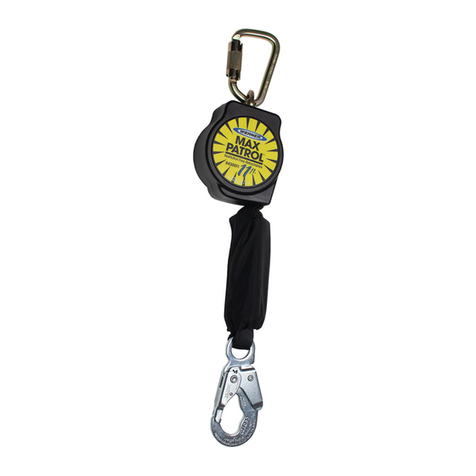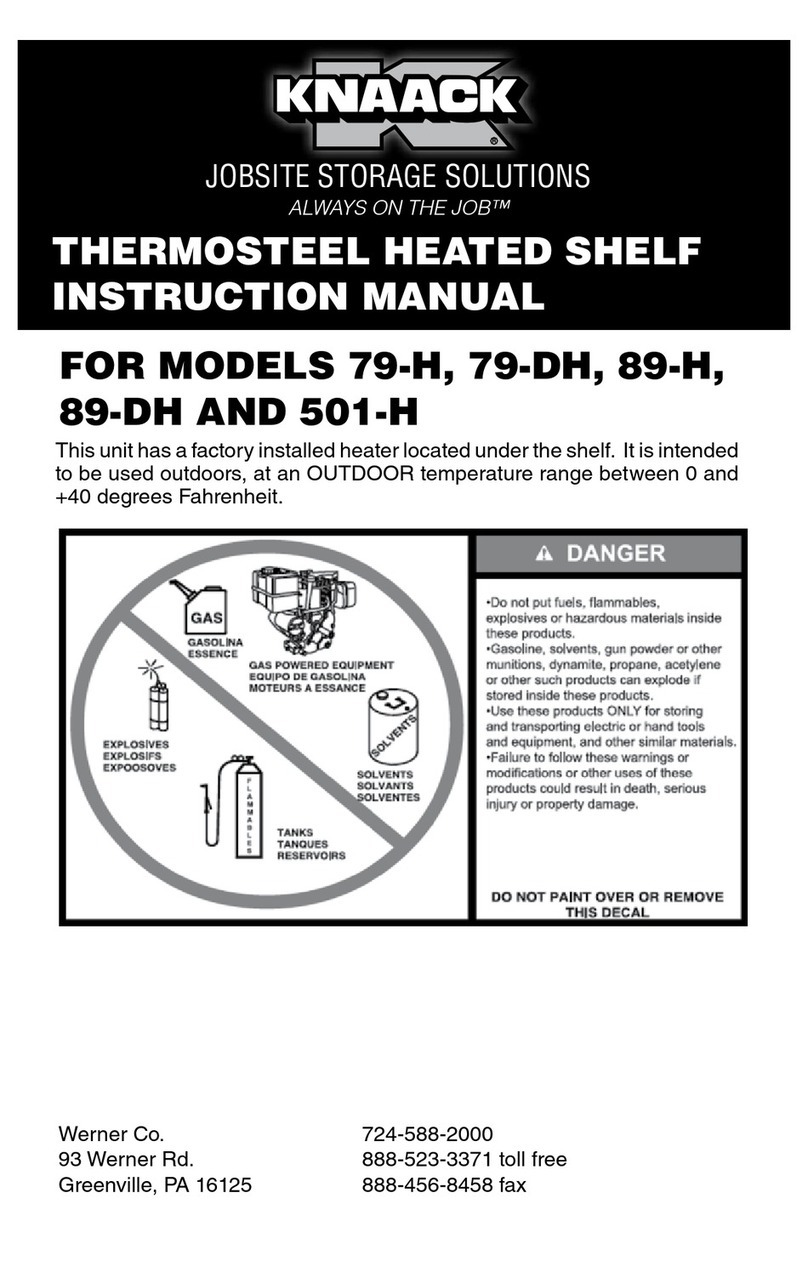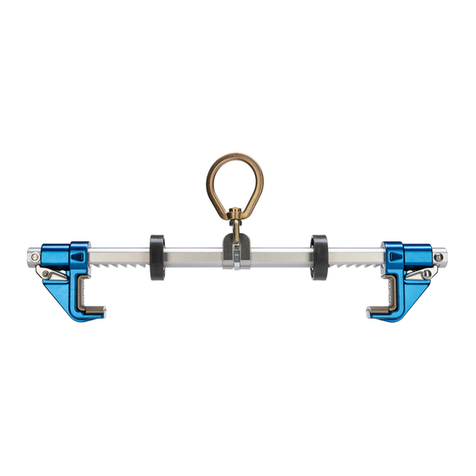Werner UPGEAR L242 Series User manual




















Table of contents
Languages:
Other Werner Safety Equipment manuals
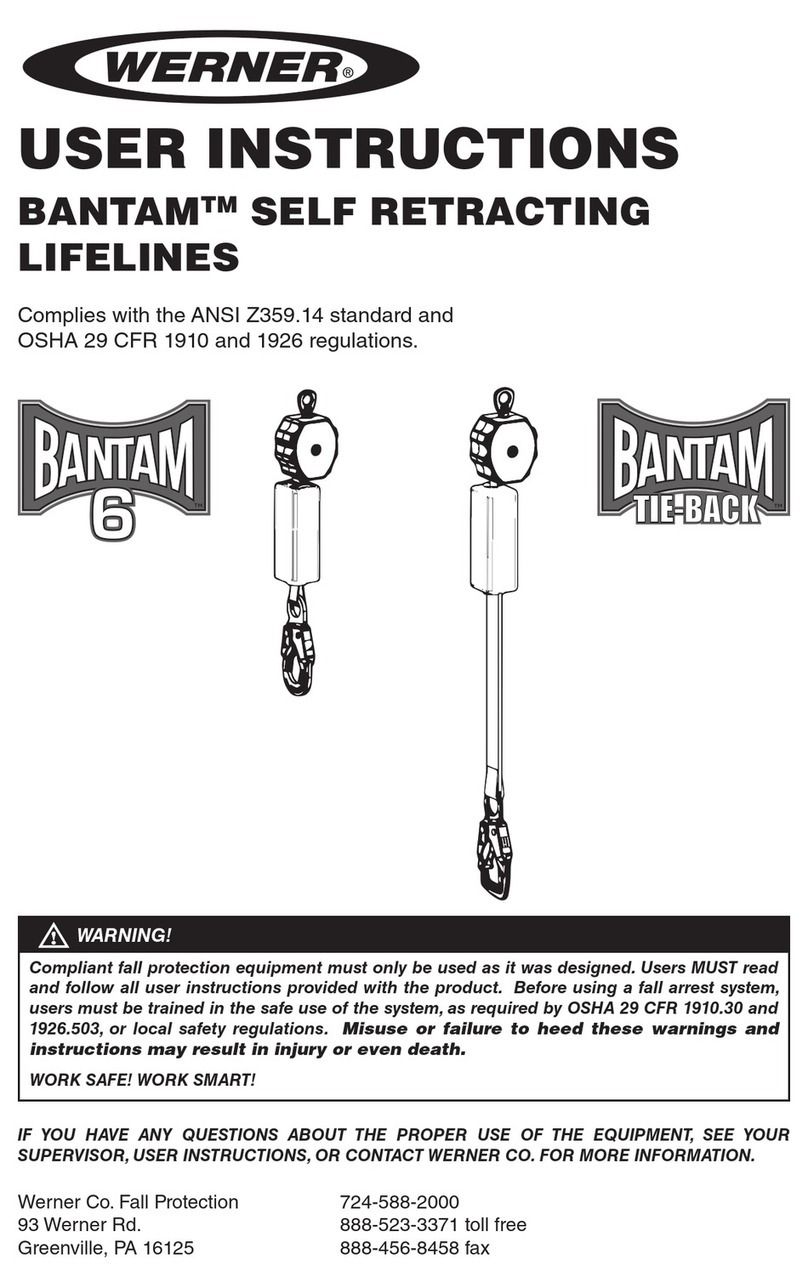
Werner
Werner Bantam 6 User manual
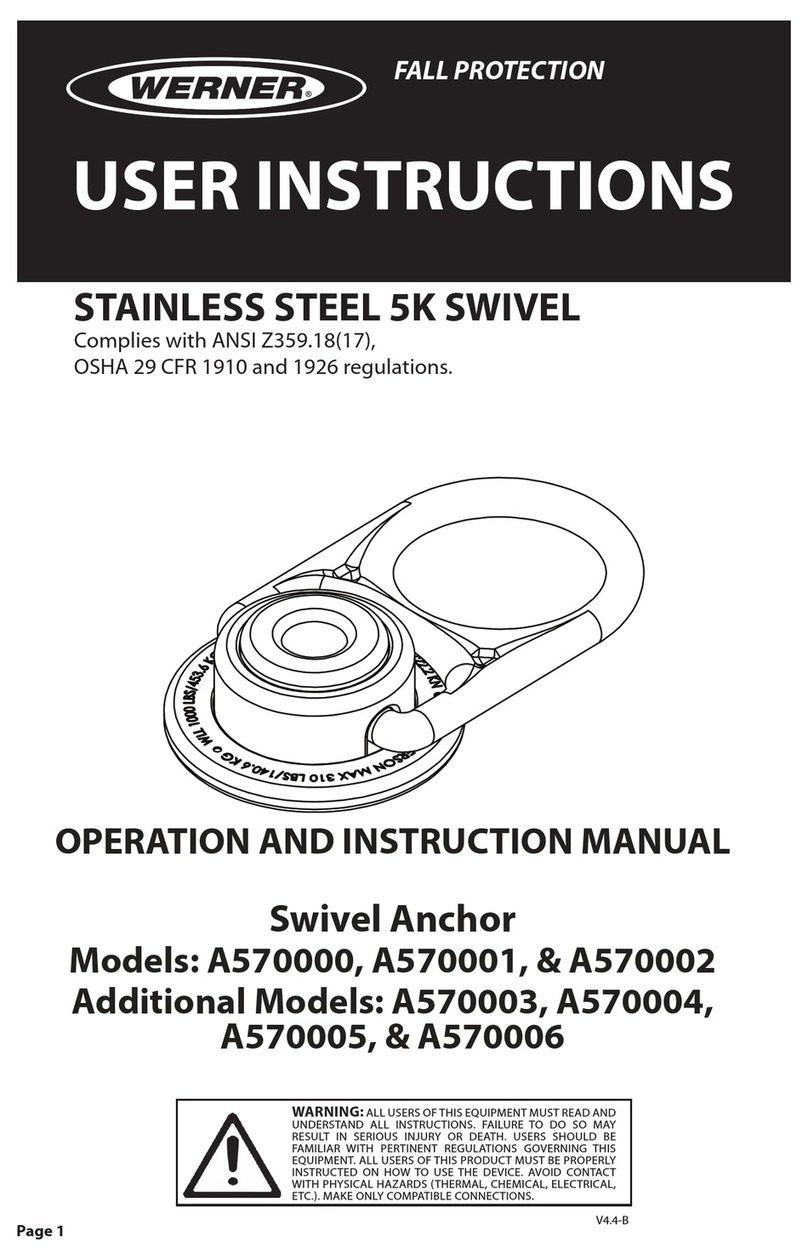
Werner
Werner A570000 User manual
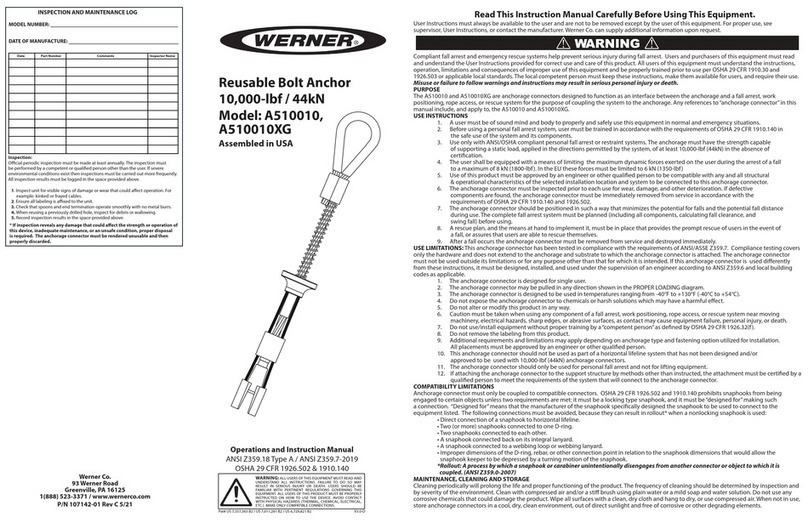
Werner
Werner A510010 User manual
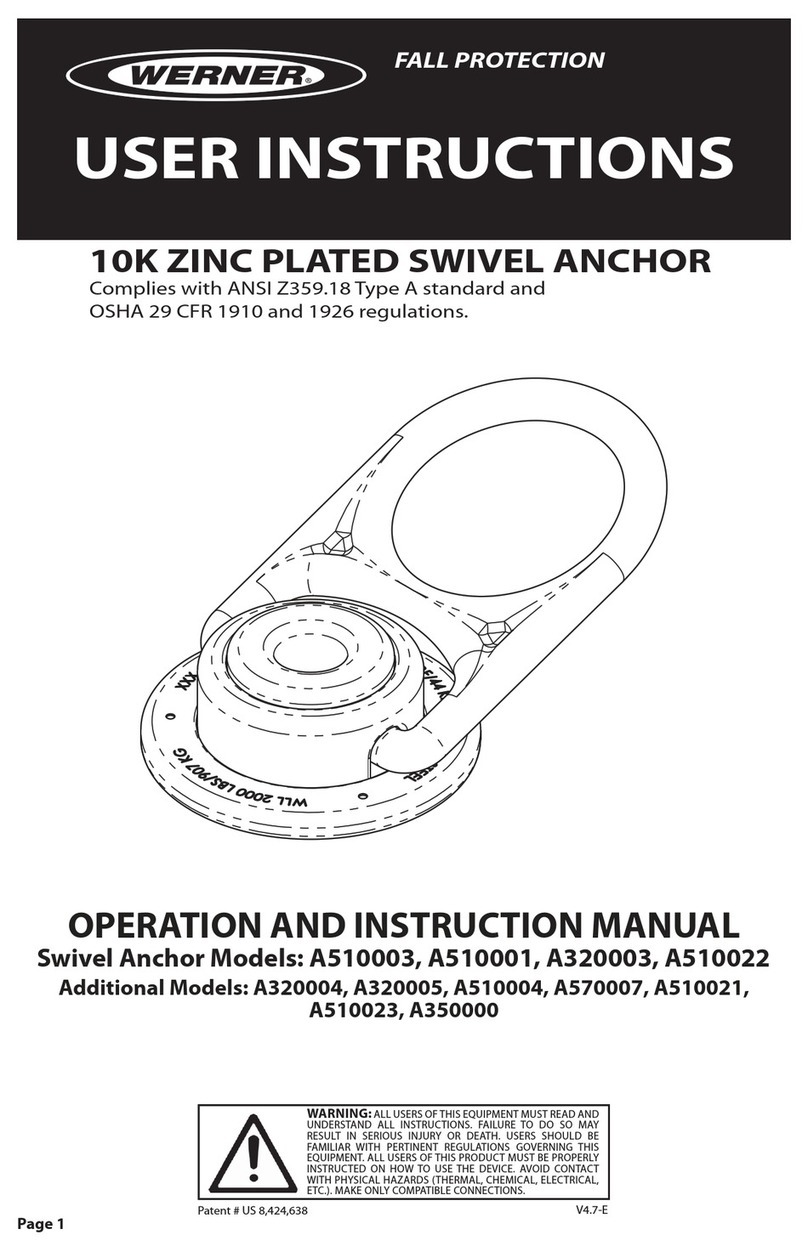
Werner
Werner A510003 User manual
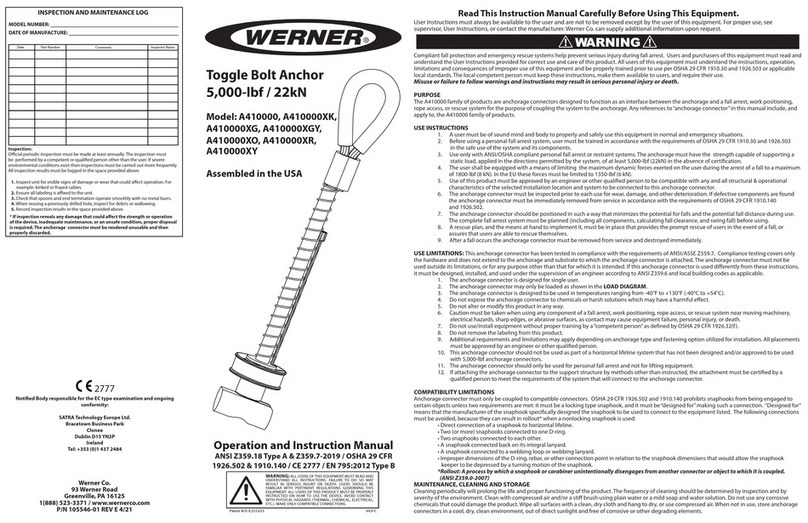
Werner
Werner A410000 Guide
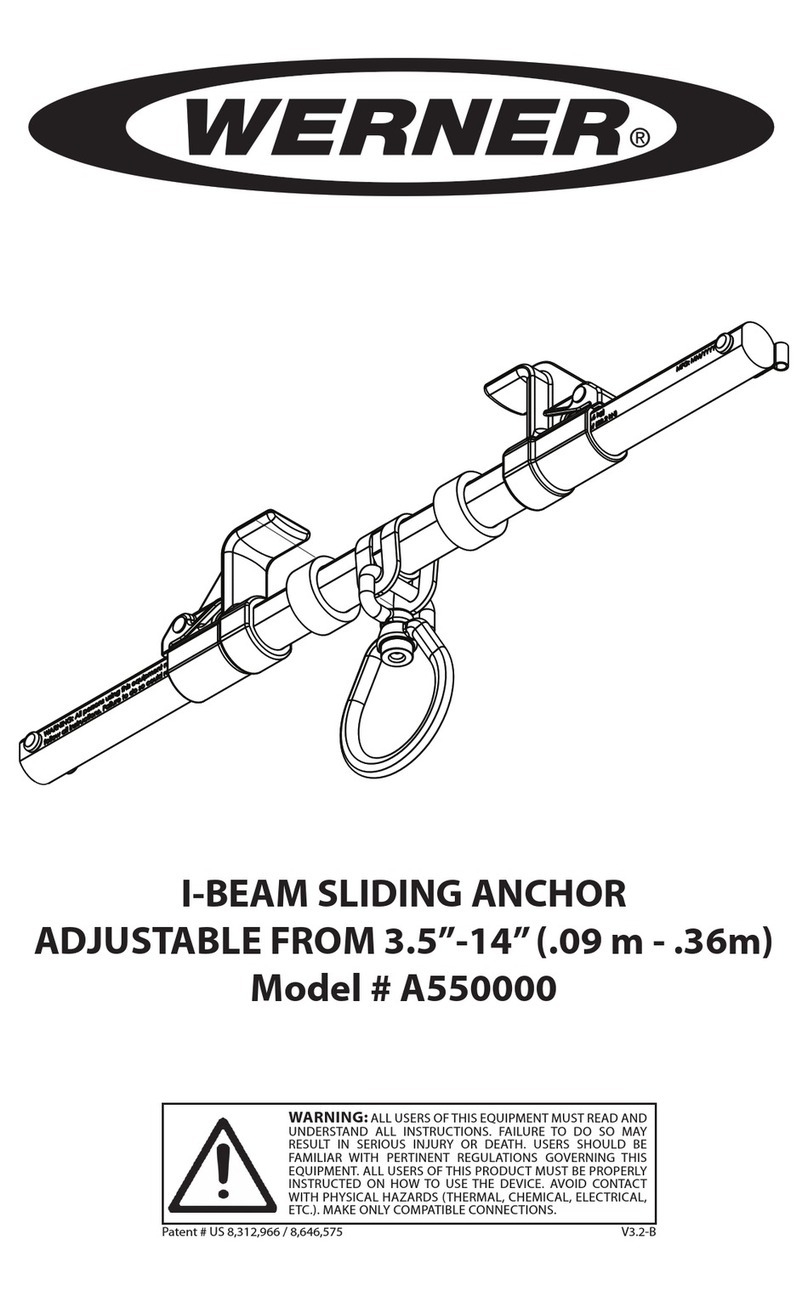
Werner
Werner A550000 User manual
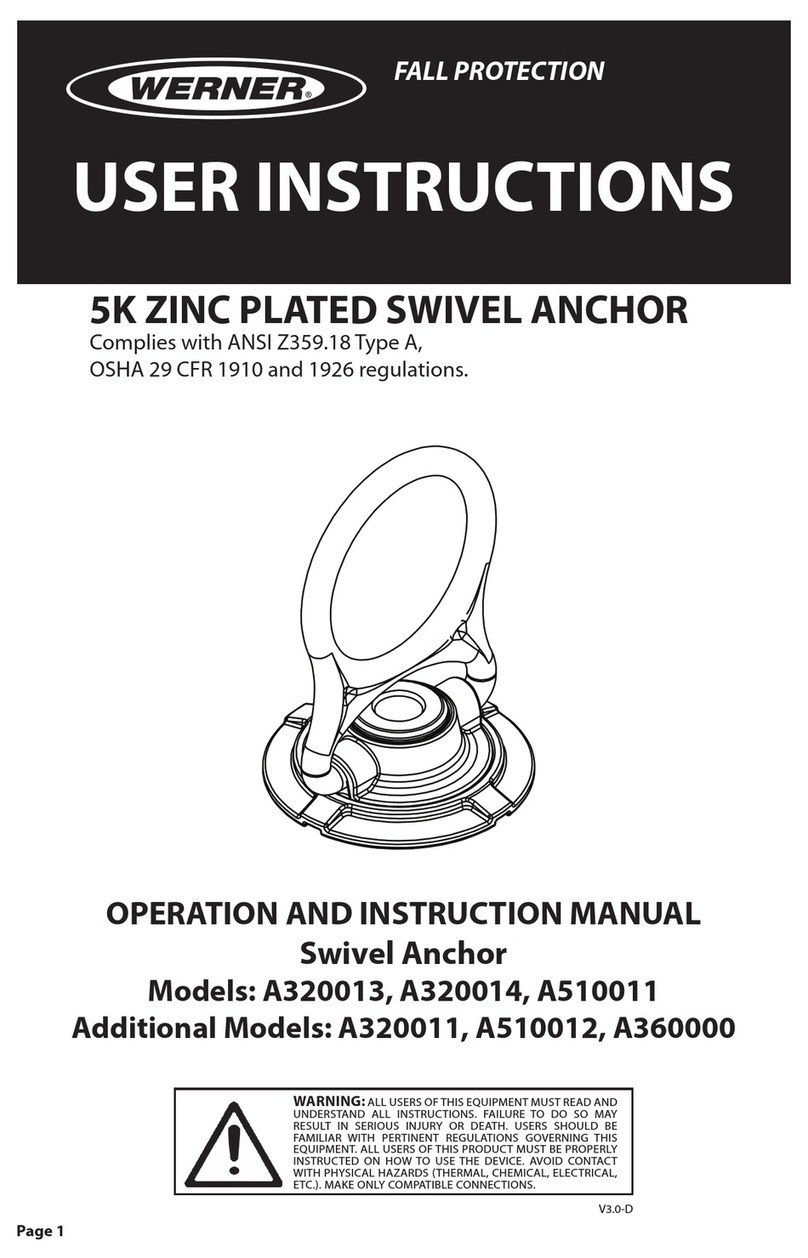
Werner
Werner A320013 Guide
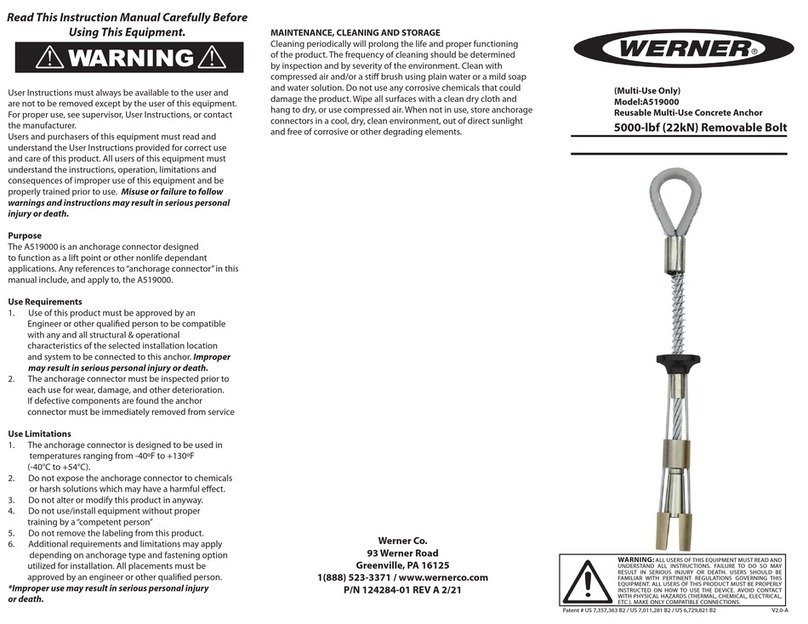
Werner
Werner A519000 User manual
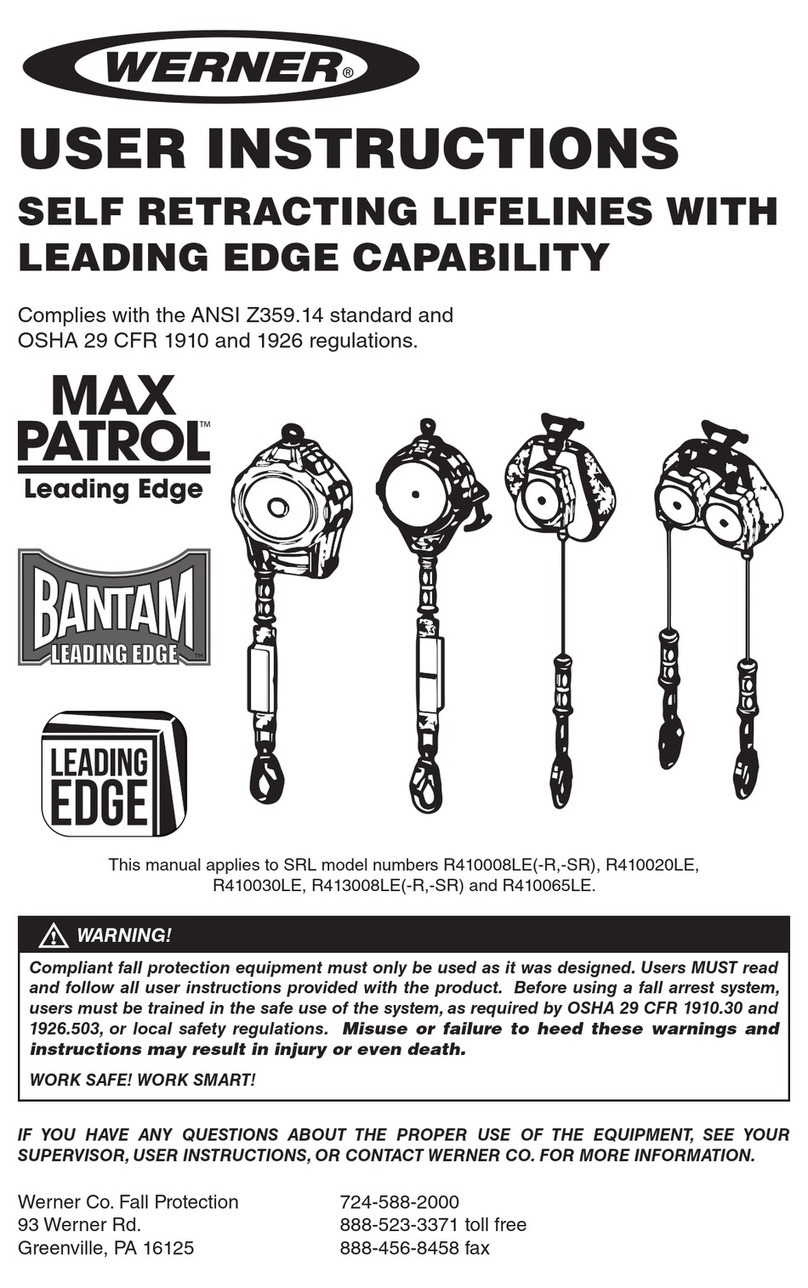
Werner
Werner MAX PATROL R410008LE User manual
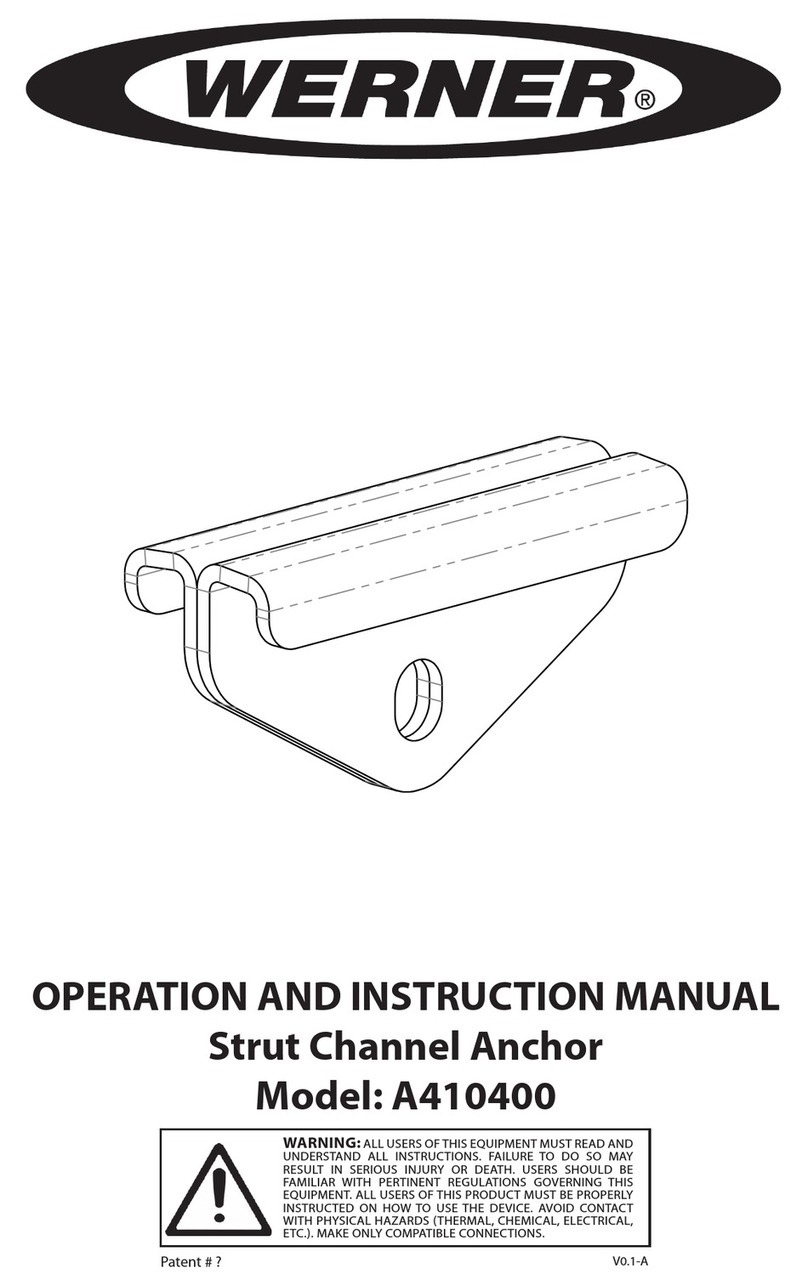
Werner
Werner A410400 Guide
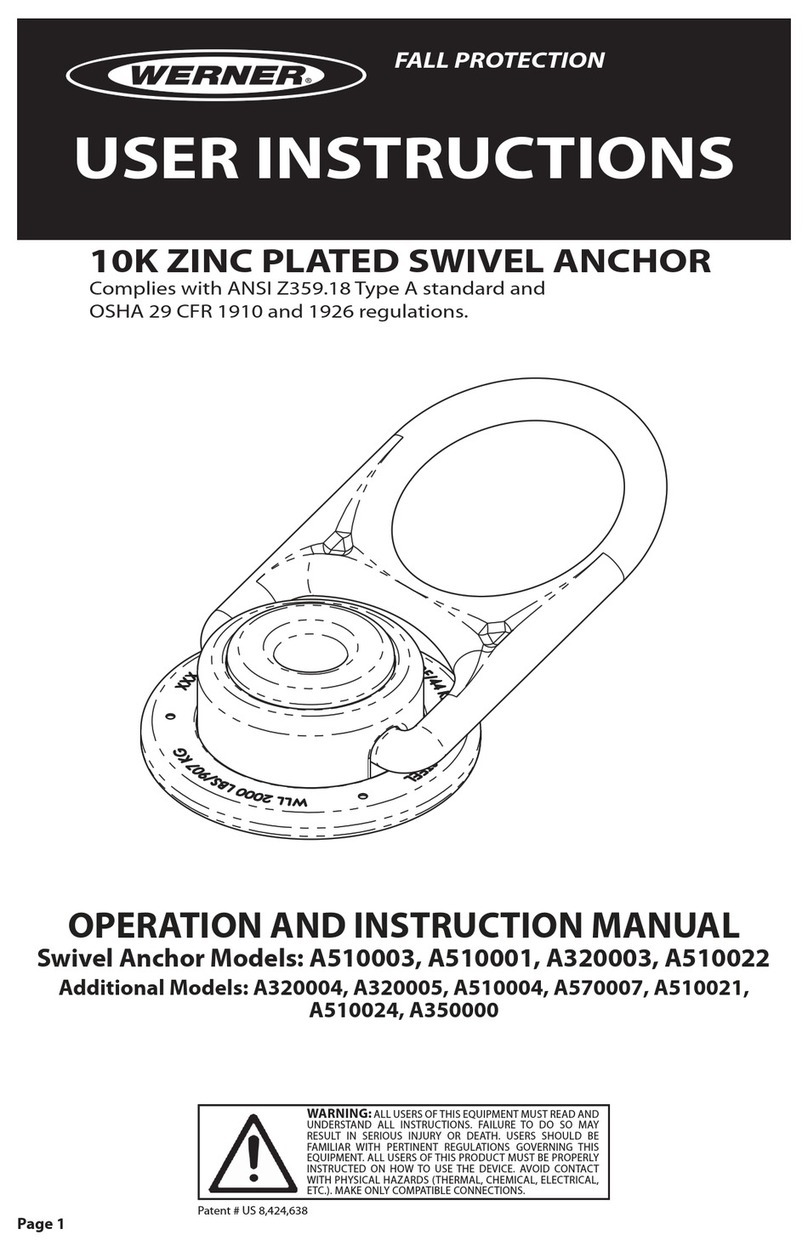
Werner
Werner A510024 User manual
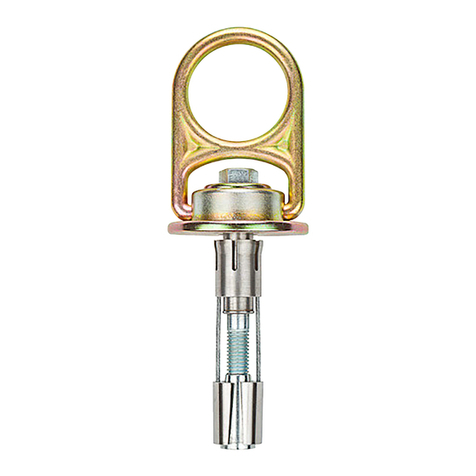
Werner
Werner A510002 Guide

Werner
Werner AUTOCOIL 2 User manual

Werner
Werner L242350CA Series User manual
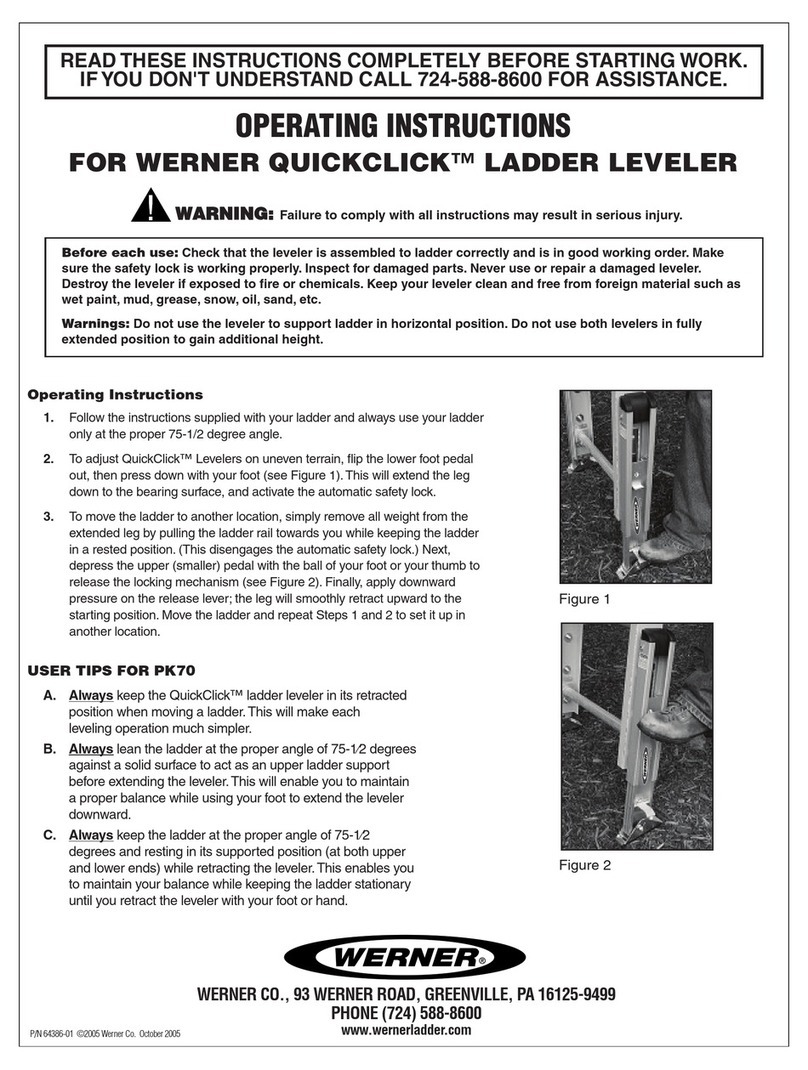
Werner
Werner QUICKCLICK User manual
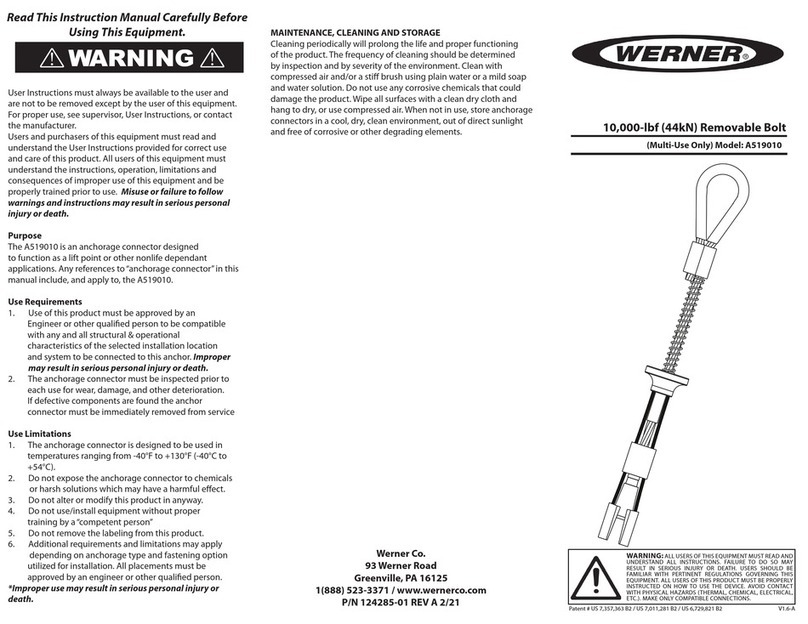
Werner
Werner A519010 User manual

Werner
Werner A510300 User manual
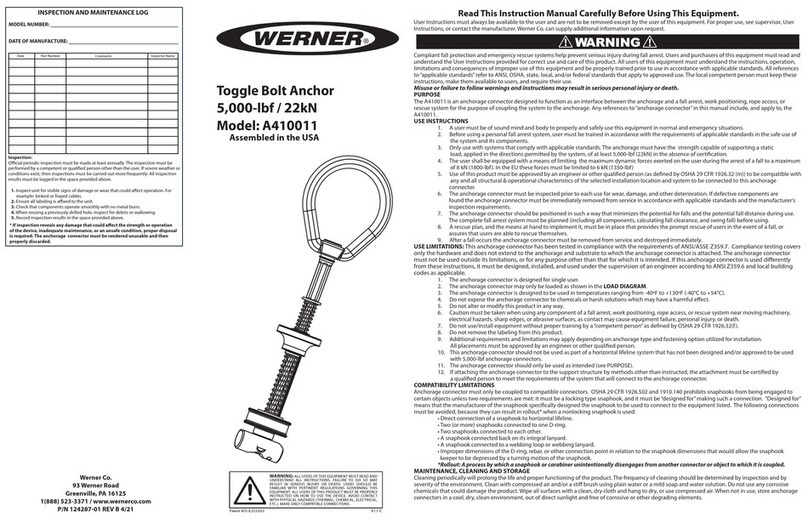
Werner
Werner A410011 User manual
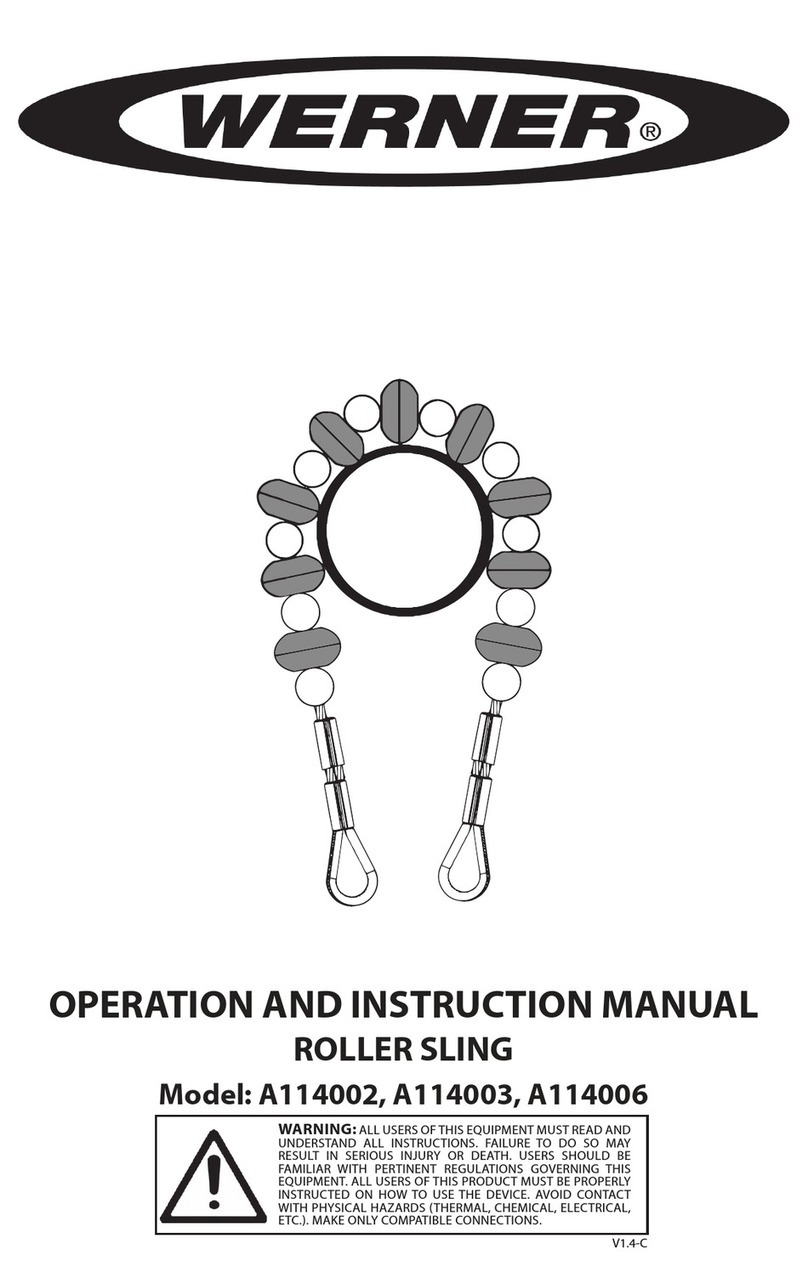
Werner
Werner A114002 Guide
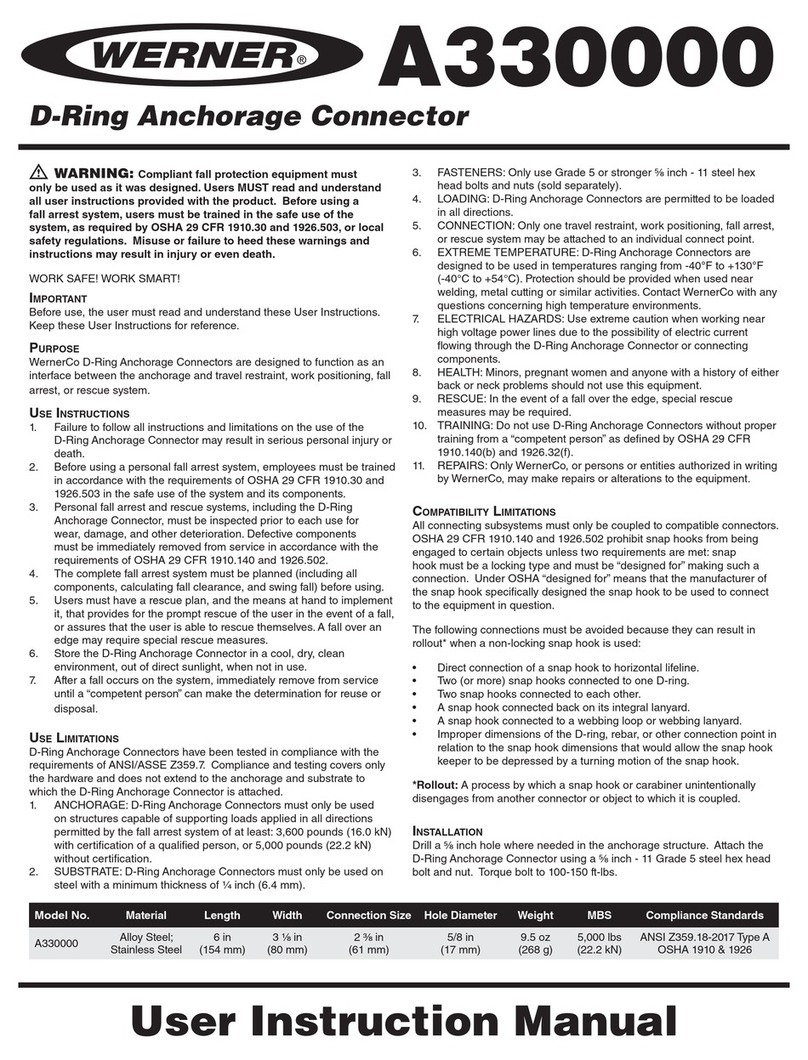
Werner
Werner A330000 Operator's manual
Popular Safety Equipment manuals by other brands

Lanex
Lanex PB-20 instruction manual

SKYLOTEC
SKYLOTEC ANCHOR ROPES Instructions for use

Besto
Besto Buoyancy Aid 50N Instructions for use

TEUFELBERGER
TEUFELBERGER NODUS Manufacturer's information and instructions for use

Troy Lee Designs
Troy Lee Designs Tbone Product owners manual

Innova
Innova Xtirpa Instruction and safety manual

bolle SAFETY
bolle SAFETY B810 quick start guide

SHENZHEN FANHAI SANJIANG ELECTRONICS
SHENZHEN FANHAI SANJIANG ELECTRONICS A9060T instruction manual

Hiltron security
Hiltron security POWER8E Installation and use manual

Salewa
Salewa MTN SPIKE user manual

Hatco
Hatco B-950P installation guide

Sitec
Sitec TX MATIC operating manual
